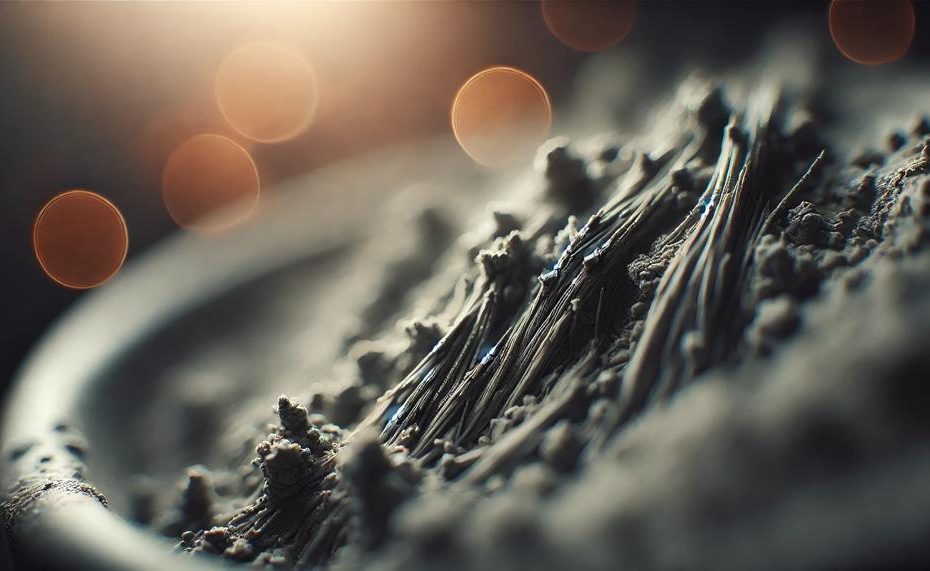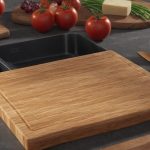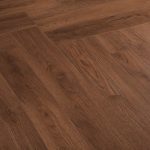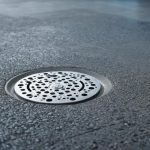Getting dried grout off ceramic tile can seem overwhelming, but with the right approach, you can make your tiles look brand new again.
Whether it’s a DIY project gone awry or a professional job that left some residue, dried grout doesn’t have to be a permanent blemish. Here’s a quick and practical guide to help you tackle this issue efficiently.
To begin with, you’ll need a few essential tools:
- Grout removal tool (like a grout saw or oscillating tool with a grout attachment)
- Stiff-bristled brush
- Spray bottle with warm water
- Sponge or cloth
Here’s a step-by-step process:
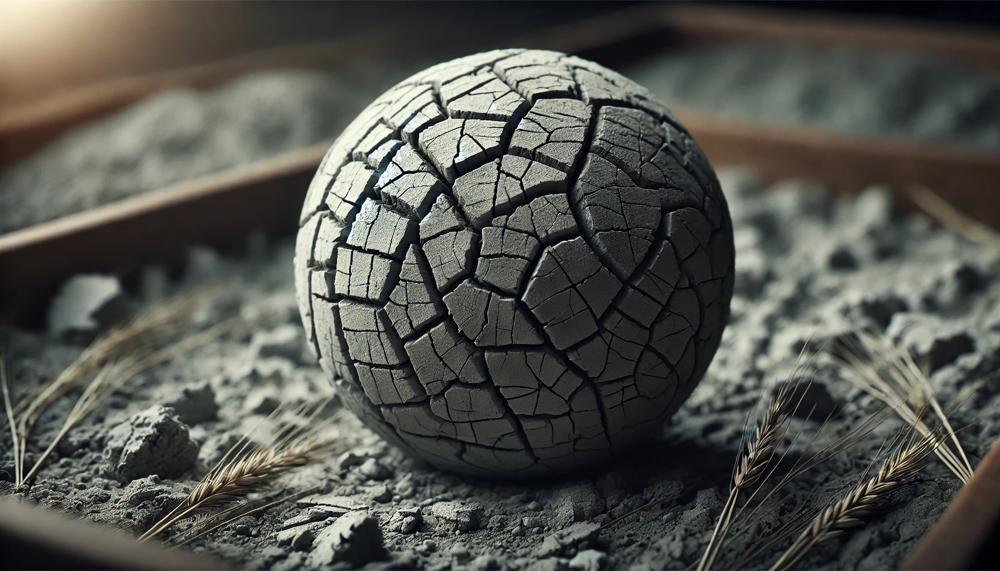
- Scrape Away Excess Grout: Use your grout removal tool to gently scrape off as much dried grout as possible. Be careful not to apply too much pressure to avoid damaging the tiles.
- Soften the Grout: Spray warm water onto the remaining grout and let it sit for a few minutes. This helps to loosen the grout.
- Scrub the Grout: With a stiff-bristled brush, scrub the grout in a circular motion. This action will help break up the grout and make it easier to remove.
- Wipe Clean: Use a sponge or cloth to wipe away the loosened grout. For stubborn spots, a mixture of warm water and white vinegar can be applied to dissolve the grout further.
- Consider a Steam Cleaner: For larger areas, a steam cleaner can be a more efficient solution. The hot steam loosens and dissolves the grout without harsh chemicals.
Remember to always test any cleaning method on a small, inconspicuous area of the tile to ensure it won’t damage or discolor your tiles. By following these steps, you can effectively remove dried grout and restore the pristine look of your ceramic tiles.
Key Takeaways:
- Use a grout removal tool carefully to avoid damaging tiles.
- Soften grout with warm water before scrubbing.
- For stubborn grout, a vinegar solution can be effective.
- Steam cleaners are ideal for larger areas.
- Always test cleaning methods on a small area first.
With patience and the right techniques, you can restore your tiles to their original beauty without any hassle.
Contents
- 1 How To Get Dried Grout Off Ceramic Tile?
- 2 Why is Dried Grout Difficult to Remove?
- 3 Essential Tools for Removing Dried Grout
- 4 Step 1: Scrape Away Dried Grout with a Removal Tool
- 5 Step 2: Wet and Loosen the Remaining Grout with Warm Water
- 6 Step 3: Scrub Away at the Grout with a Stiff-Bristled Brush
- 7 Step 4: Use a Vinegar Solution for Stubborn Areas of Dried Grout
- 8 Conclusion
How To Get Dried Grout Off Ceramic Tile?
Removing dried grout from ceramic tiles can be daunting, but several effective methods can help you tackle this problem.
| Method | Tools Needed | Instructions |
| Commercial Grout Remover | Grout remover, brush/sponge, protective gear | Apply remover, follow product instructions, scrub |
| Vinegar/Lemon Juice | Vinegar/lemon juice, water, brush/sponge | Mix solution, apply, let sit, scrub |
| Steam Cleaner | Steam cleaner, brush | Use steam cleaner, scrub with brush |
| Manual Labour | Grout saw/scraper | Scrape grout carefully |
| Warm Water and Vinegar | Spray bottle, water, vinegar, brush, sponge | Spray mixture, let sit, scrub, wipe |
| Razor Blade | Razor blade/scraper | Carefully scrape grout |
| Chemical Grout Remover | Chemical remover, brush, protective gear | Apply chemical, follow instructions, scrub |
Why is Dried Grout Difficult to Remove?
Dried grout adheres so strongly to ceramic tile due to several key factors, primarily its composition and the physical properties of the materials involved.
Composition of Grout
Cement Content: Grout is primarily composed of cement, water, and sand. Cement contains calcium aluminate, which reacts with water to form calcium hydroxide. This chemical reaction creates a very strong adhesive bond, making the grout harden and stick firmly to the tile surface.
Porosity: Both grout and ceramic tiles are porous. This means they absorb moisture, which helps the grout bond tightly as it cures. The microscopic pores in ceramic tiles allow the grout to grip the surface more effectively.
Application Process
Filling Gaps: During application, grout is forced into the gaps between tiles, ensuring there are no air pockets. This thorough filling creates a strong, even bond across the entire tiled area.
Consistency: Properly mixed grout has a consistency that maximizes adhesion, filling in gaps completely and ensuring a robust bond as it dries.
Type of Grout
Epoxy Grout: Some types of grout, like epoxy grout, are particularly known for their strong adhesive properties. Epoxy grout contains resins and hardeners that make it even more adhesive than traditional cement-based grout, leading to a stronger and more durable bond.
Environmental Factors
Temperature and Humidity: The environment during the grouting process also plays a role. High temperatures and humidity can accelerate the curing process, making the grout harden more quickly and adhere more firmly.
Essential Tools for Removing Dried Grout
| Tool | Description | Tips for Use |
| Grout Saw or Blade | Designed specifically for removing grout without damaging tiles, this tool features a sharp, small blade ideal for scraping grout between tiles. | Opt for a grout saw with replaceable blades for extended use. An electric grout saw is more efficient for larger areas. |
| Grout Scraper | This tool, with its triangular-shaped blade, excels at scraping hardened grout from tile surfaces, especially in stubborn areas. | Keep various sizes of grout scrapers to handle different tile sizes and grout depths effectively. |
| Grout Removal Bit for Power Drill | Perfect for large areas, these bits fit into power drills and feature a carbide tip that grinds away dried grout. | Use with caution to avoid damaging tiles. Ideal for speeding up the grout removal process. |
| Grout Rake | Featuring a pointed tip, this tool is ideal for digging out grout from narrow lines that other tools can’t reach. | Choose a grout rake with adjustable blade depths to accommodate various grout line widths. |
| Cleaning Solution and Brush | Specialized grout cleaning solutions help dissolve any remaining grout, making it easier to scrub away with a stiff-bristled brush. | Ensure thorough cleaning to prevent any grout residue from being left behind. |
| Protective Gear | Dust masks, safety glasses, and gloves protect against dust, debris, and sharp tool edges during grout removal. | Always wear protective gear to safeguard your health and safety. |
Using the right tools can transform the tedious task of removing dried grout into a more manageable and efficient process.
Step 1: Scrape Away Dried Grout with a Removal Tool
For effectively scraping away dried grout from ceramic tiles, a grout saw or a carbide-tipped scraper is highly recommended. These tools provide precise control and reduce the risk of damaging the tiles. Additionally, for larger areas or tougher grout, an oscillating multi-tool with a grout removal attachment can be very effective.
Recommended Grout Removal Tools
| Tool Type | Pros | Cons |
| Grout Saw |
|
|
| Carbide-Tipped Scraper |
|
|
| Oscillating Multi-Tool with Grout Removal Attachment |
|
|
Step 2: Wet and Loosen the Remaining Grout with Warm Water
The best way to loosen and remove dried grout from ceramic tiles using warm water involves a few simple steps:
Gather Necessary Tools
Bucket of Warm Water: Ensure the water is warm, not hot, to prevent thermal shock that can crack the tiles.
Sponge: For wetting the grout without oversaturating it.
Soft-Bristled Brush: Gentle enough to avoid scratching the tiles.
Optional: Add a few drops of dish soap to the water to help break down oils and stains.
Application
Wetting the Grout: Soak the sponge in warm water, wring it out slightly, and apply it to the grout lines. Avoid using excess water to prevent it from seeping into the grout lines and causing damage.
Wait Time: Allow the warm water to sit on the grout for 10-15 minutes. This duration allows the water to penetrate and soften the dried grout.
Scrubbing
Gentle Scrubbing: Using the soft-bristled brush, gently scrub the grout lines in a circular motion. Apply minimal force to avoid scratching the tile surface.
Reapplication if Needed
Stubborn Grout: If some grout remains, repeat the process until the grout is sufficiently loosened.
Vinegar Addition: For particularly stubborn grout, add a small amount of white vinegar to the warm water. Vinegar’s natural acidity can help break down and dissolve the grout. Always test on a small area first to ensure no discoloration.
Finishing Touches
Rinsing: Once the grout is removed, rinse the area with clean water to remove any remaining residue.
Drying: Dry the tiles with a clean cloth to prevent water spots and ensure a pristine finish.
Precaution: Always use warm water instead of hot water to prevent potential damage to the ceramic tiles due to thermal shock.
Step 3: Scrub Away at the Grout with a Stiff-Bristled Brush
To effectively scrub away dried grout from ceramic tiles, you should use a stiff-bristled brush. The choice of brush can significantly impact the efficiency and safety of your cleaning process.
| Type of Brush | Features | Use Case |
| Grout Brush | Nylon bristles, ergonomic handle | Designed specifically for grout lines |
| Scrub Brush | Stiff bristles, heavy-duty handle | General scrubbing, tougher stains |
| Toothbrush | Small, flexible bristles | Detailed scrubbing, tight spots |
Step 4: Use a Vinegar Solution for Stubborn Areas of Dried Grout
To effectively use a vinegar solution to remove stubborn areas of dried grout from ceramic tile, follow these detailed steps:
| Step | Action | Details |
| 1 | Prepare Solution | Mix equal parts vinegar and warm water in a spray bottle |
| 2 | Apply Solution | Spray onto sealed grout and let it sit for 5 minutes |
| 3 | Scrub Grout | Use a stiff brush to scrub the grout lines |
| 4 | Rinse and Dry | Rinse with water and dry with a clean cloth |
| 5 | Enhanced Cleaning (Optional) | Apply baking soda paste, spray vinegar solution, let it foam, scrub, rinse, and dry |
Conclusion
Tackling dried grout on ceramic tiles might seem challenging, but with the right methods, you can restore your tiles to their original glory. Whether it’s from a DIY mishap or a leftover from professional work, dried grout doesn’t have to be a permanent eyesore. Here’s a concise, actionable approach to handle this issue efficiently.
First, gather the necessary tools: a grout removal tool, a stiff-bristled brush, a spray bottle with warm water, and a sponge or cloth. Start by gently scraping away as much dried grout as possible with the grout removal tool, taking care not to scratch the tiles. Next, spray warm water on the remaining grout and let it sit to soften. Scrub the grout in circular motions with the stiff-bristled brush, which helps break up the residue.
For stubborn grout, a mixture of warm water and white vinegar can be especially effective. Simply apply the solution, let it sit, and then scrub. A steam cleaner is a powerful option for larger areas, as the hot steam can dissolve the grout without the need for harsh chemicals. Always test these methods on a small, inconspicuous area first to ensure they won’t damage your tiles.
